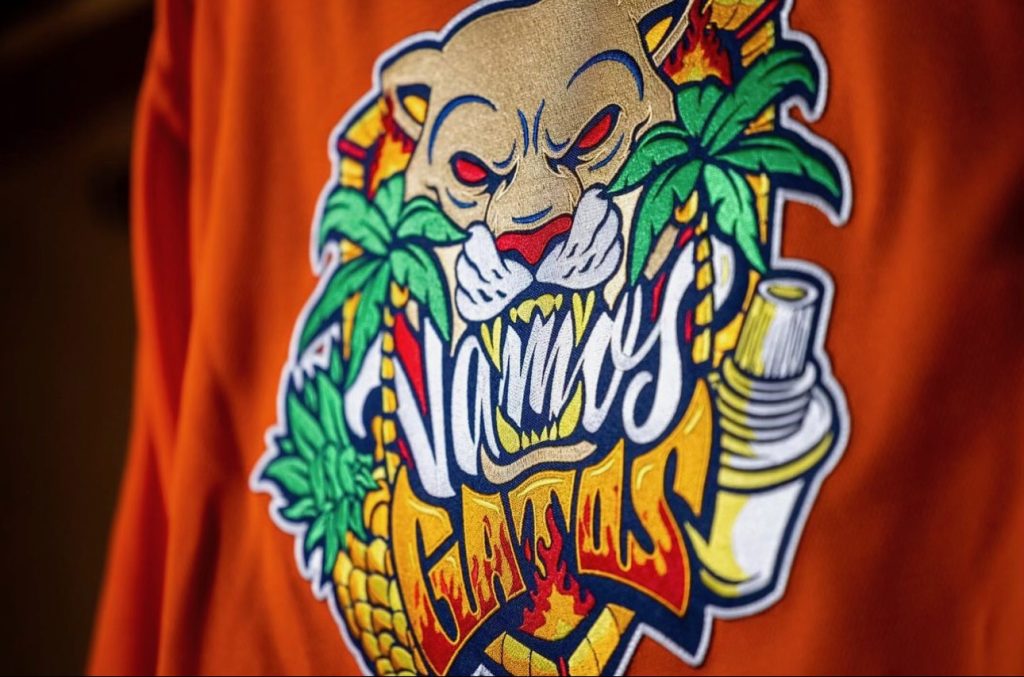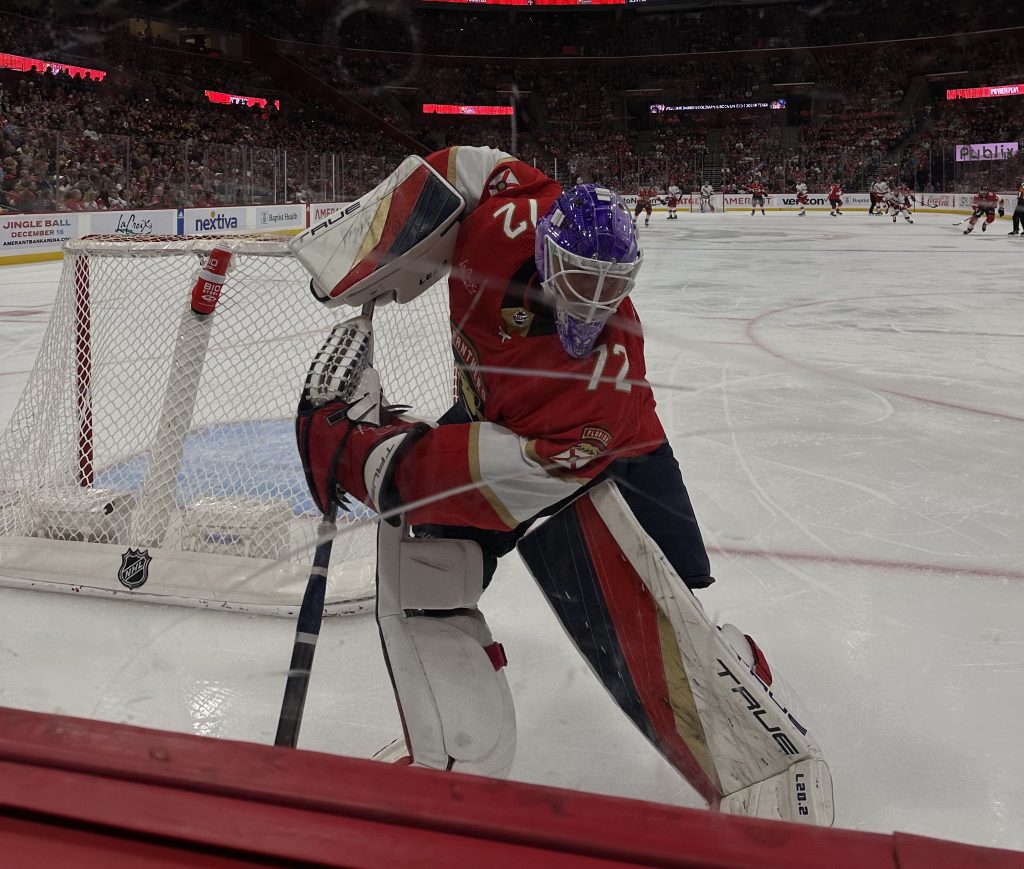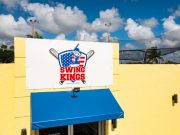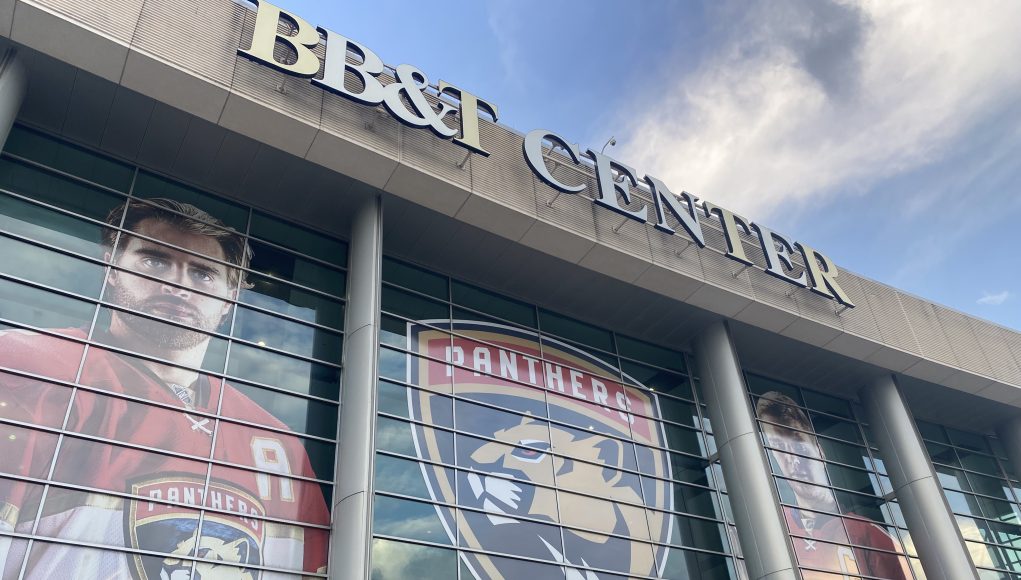For years, the Florida Panthers were plagued by empty stands and poor fan attendance.
Yet, after an incredible run to the 2022-2023 Stanley Cup Finals as the playoff underdogs, their fan base is showing signs of life. The team is also taking steps towards attracting a relatively untapped group of followers — South Florida’s Hispanic and Latino community.
“The hockey community is quite small, and I feel like it hasn’t really grown over the years,” said Sunrise-based photographer and season ticket holder Geena Hughes. “Looking around at a game, you never really see Latinos or people of color around.”
The team’s latest effort to advocate for inclusivity in the sport is their “¡Vamos Gatos!” campaign that honors and celebrates Hispanic and Latino culture. A third edition of the annual game was held on February 10 and invited fans to join the team for a special pregame celebration chock full of salsa dancing, cafecito, food, entertainment, and festivities.
Supporters flocked to social media to praise the event’s merchandise collection, which paid homage to the South Florida community with designs featuring cafecito cups, dominoes, pineapples and palm trees. A limited-edition jersey created by local Miami artist Alex Lopez merges his Cuban roots with the team’s spirit and was a favorite amongst fans.

Hockey’s quick-paced nature pairs perfectly with Hispanic and Latino fans who are known for their love of soccer, a sport similar in intensity. Despite this overlap, games are still largely inaccessible for those whose primary language isn’t English, a gap the Panthers have always aimed to bridge. In 1993, the Cats became the first NHL team to create a Spanish broadcast, spearheaded by sports anchor Arley Londoño, and remain one of seven teams still doing so.
“After moving from Cuba, I became a hockey fan, but it was something I learned in the United States,” said Roberto Cruz, a recent Florida Panthers fan. “Hockey is very fun, but I knew nothing about it before attending a game . . . [it] isn’t a thing in Cuba, at least not that I know of.”
Hockey’s lack of popularity amongst Hispanics and Latinos in South Florida is also the byproduct of the area’s climate and the high costs associated with the sport. The region’s warm weather means fans often rely on a handful of available indoor ice skating rinks whose admissions are priced anywhere upwards of $15 a session with additional fees for skate rentals. Playing competitively becomes even less of a reality when considering the annual $5,000-$8,000 worth of gear needed to do so.
“I can ice-skate, but I can’t really play hockey,” explained Hughes. “Ever since moving to South Florida, I noticed that we don’t really have any ice rinks down here other than the Kendall Ice Arena and the Amerant Arena, so it would be extremely difficult to learn if you don’t already know how to.”

Hoping to reverse this, the Florida Panthers continue to break the stigma by becoming one of the first teams to proudly promote and attract Spanish-speaking and Latino fans regionally and internationally.
Their display of grit and resilience at last year’s Stanley Cup Finals shocked many and left fans expectant for the 2024 season.

































